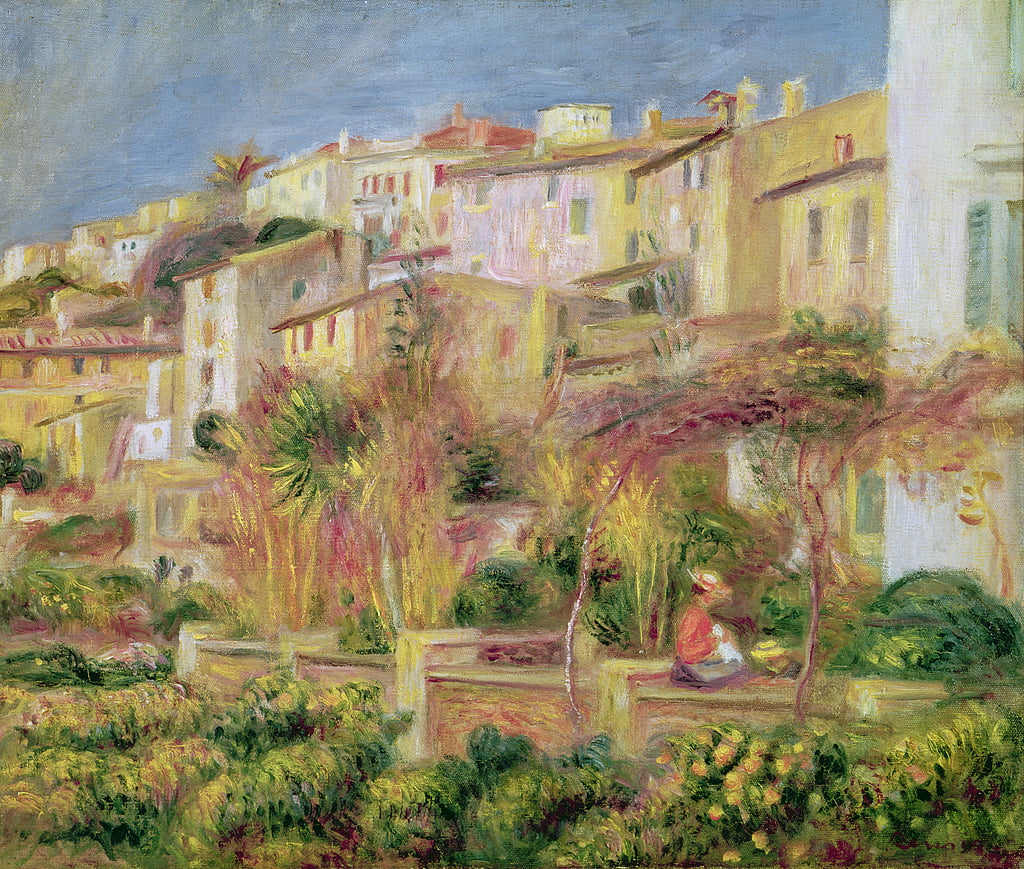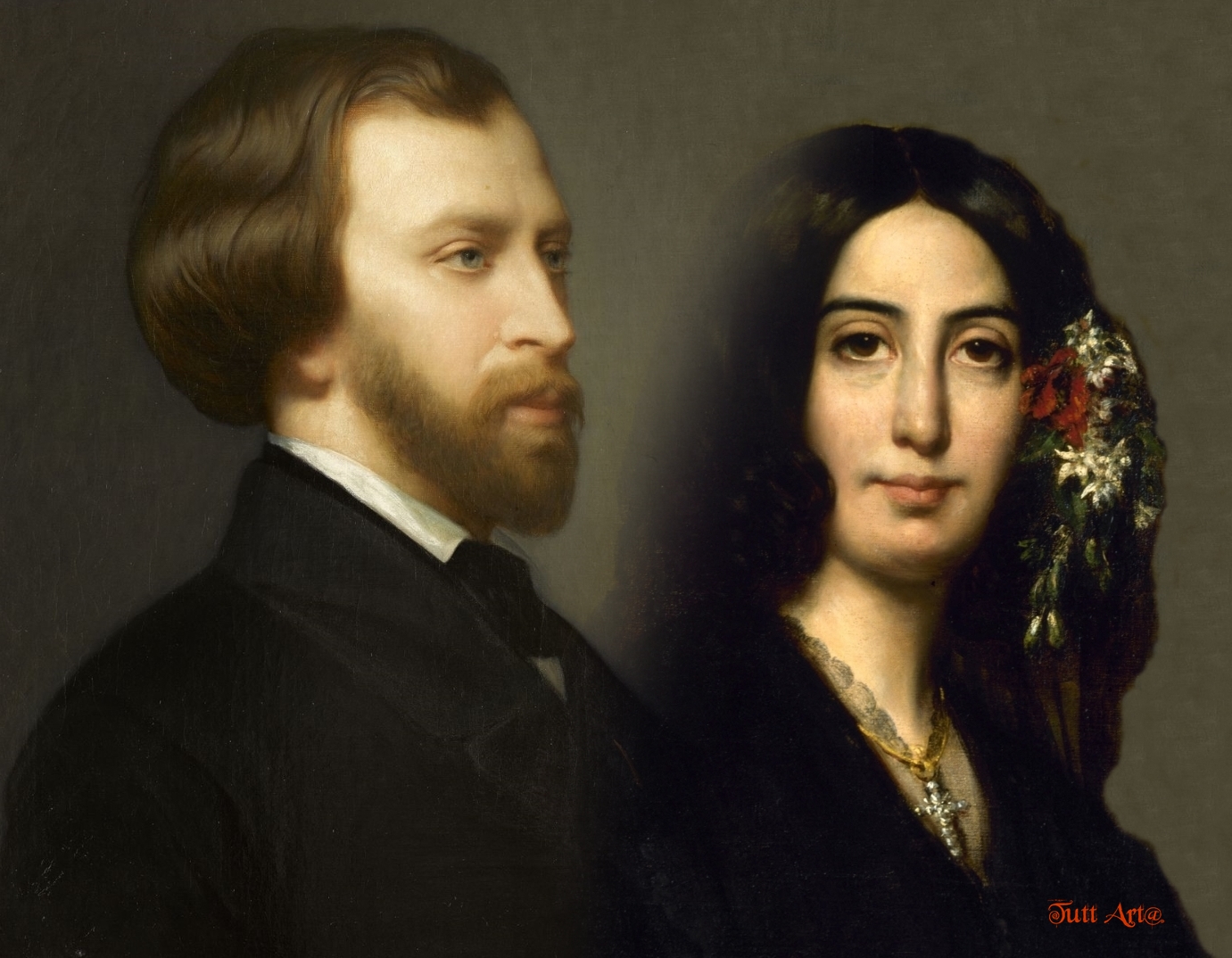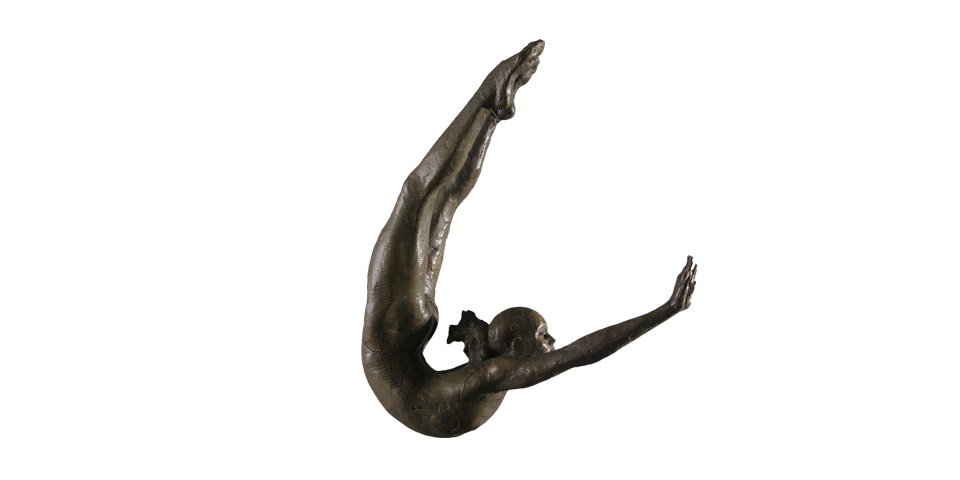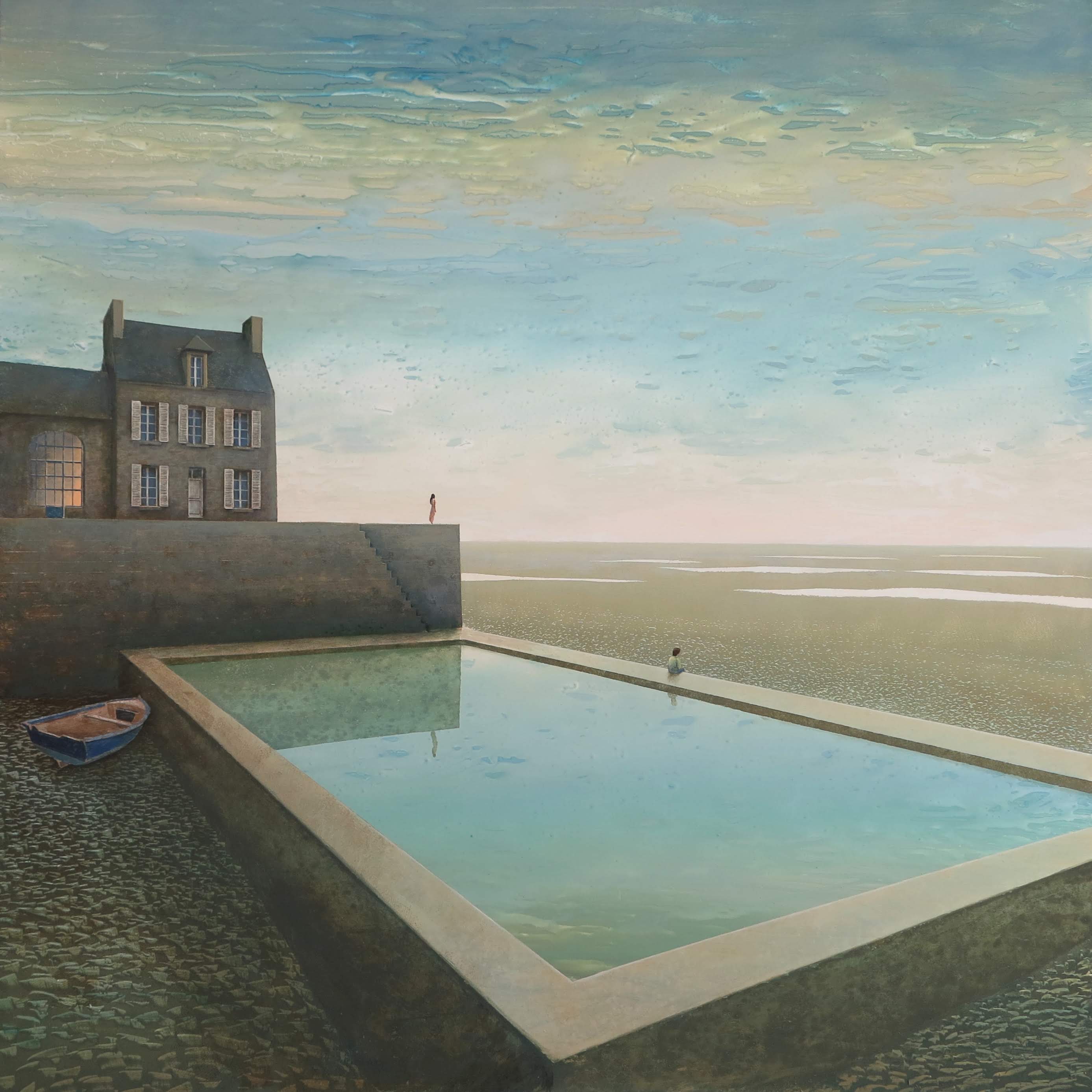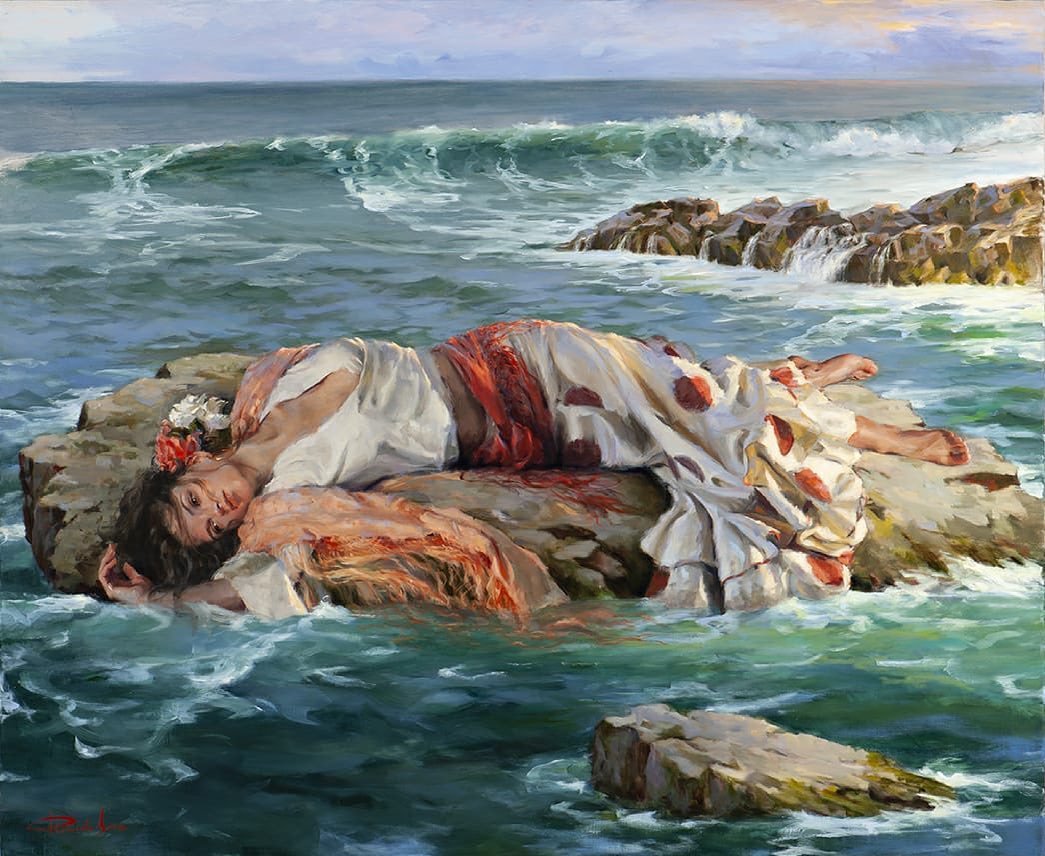Antanas Žmuidzinavičius (31 October 1876 - 9 August 1966) was a Lithuanian painter and art collector.
Educated at the Veiveriai Teachers' Seminary, Žmuidzinavičius worked as a teacher while pursuing art education in the evenings in Warsaw.
He further studied at the Académie Colarossi and Académie Vitti in Paris.
In 1906, he returned to Lithuania and organized the First Exhibition of Lithuanian Art and the Lithuanian Art Society which he chaired.
He also established the Vilnius Art Society which united artists of different nationalities.
In 1908-1909 and 1921-1924, he toured western Europe and the United States.



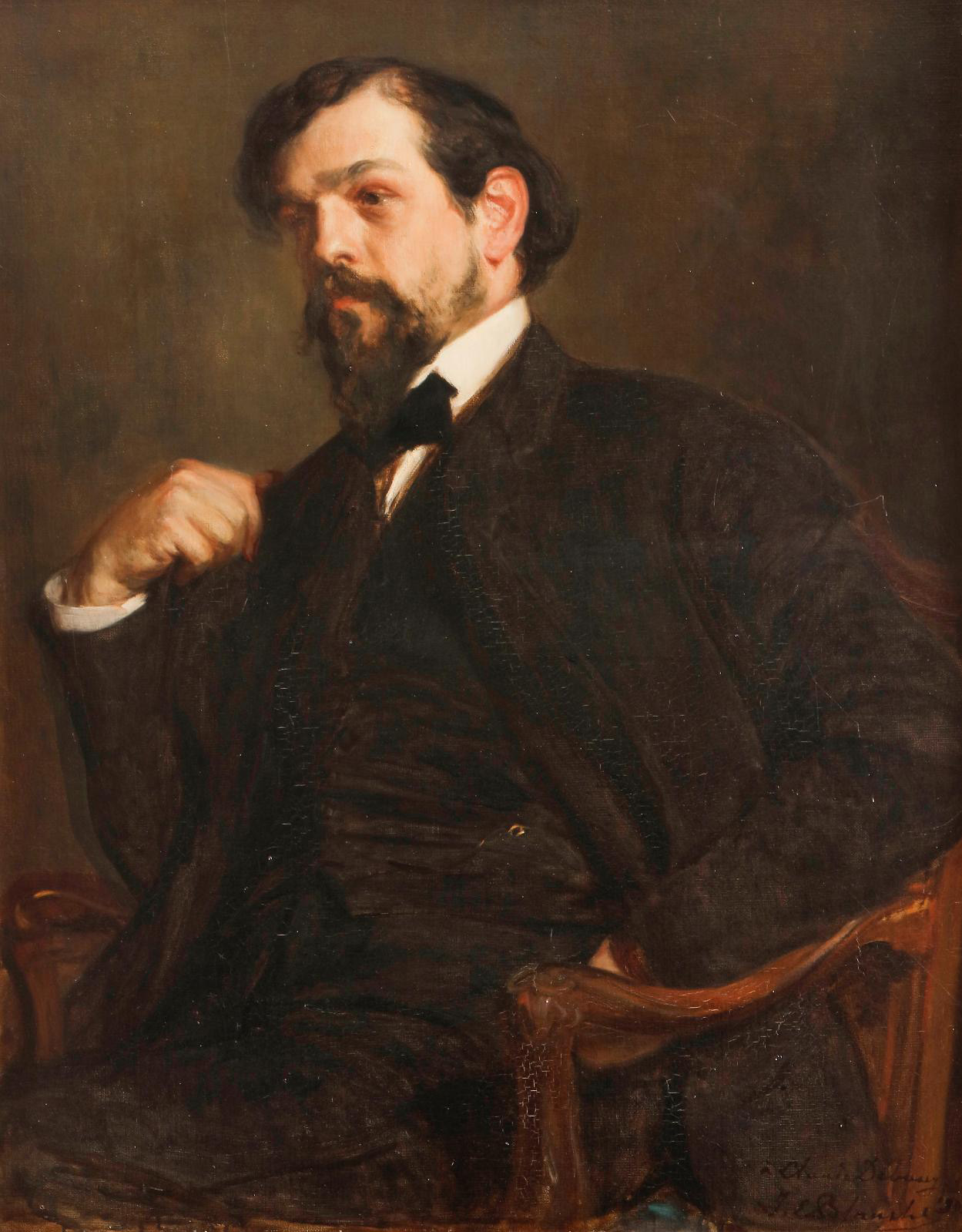

.jpg)

.jpg)
